OEM in Japan OEM
At Naturalink, we specialize in sourcing rare organic materials and natural ingredients free from pesticides and chemical fertilizers, meticulously selected from Japan and around the world. In addition to these natural ingredients, we develop and manufacture original health foods and cosmetics (miscellaneous goods) using cutting-edge research to ensure functionality and safety. Furthermore, we offer assistance tailored to your needs, from creating the core concept of your product to prototyping, conducting monitoring and external group interviews tailored to your target audience. We strive to produce products with high sensory appeal and repeat purchases by utilizing objective data effectively. Three Points for Creating Original Supplements and the OEM Manufacturing Process: Small batch manufacturing for new entrants or startups from different industries: We are capable of manufacturing from small batches (quantities) due to our fab-less approach (not owning our own factories), ensuring flexibility. We also provide clear explanations and coordination to make the process understandable even for beginners. Feel free to contact us for further inquiries or to discuss your project requirements.
Three points of
Naturalink OEM
3points
point 1 Small-batch manufacturing for entry from other industries or startups
Since we are fabless (we do not have our own factories), we are able to manufacture flexibly and from small lots* (quantities). We will also provide explanations and coordination that are easy to understand even for beginners.
*The quantity manufactured at one time varies depending on the shape of the supplement and the manufacturing factory (equipment).
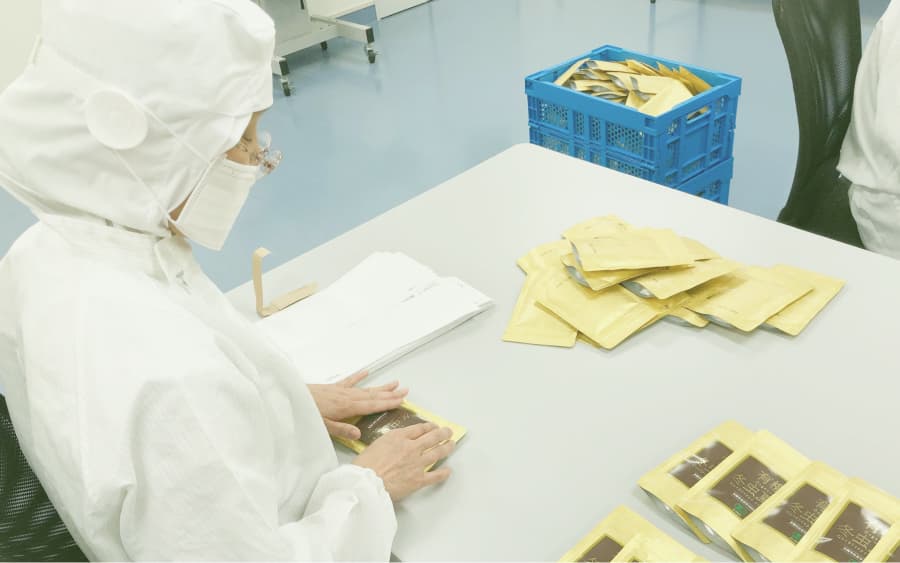
point 2 Vast amount of raw material information, ingredient knowledge, and raw material procurement capabilities
Our NR/Supplement Advisors*, who have industry and international experience and a wealth of knowledge, will act as your point of contact, and in order to give form to your company's ideas, we will not only use raw materials that are already available in Japan, but will also assist in sourcing new materials.
*A person certified by the Japan Clinical Nutrition Association who is qualified to evaluate the nutritional status of individuals from a professional perspective and provide appropriate advice regarding health functional foods and supplements to general consumers.
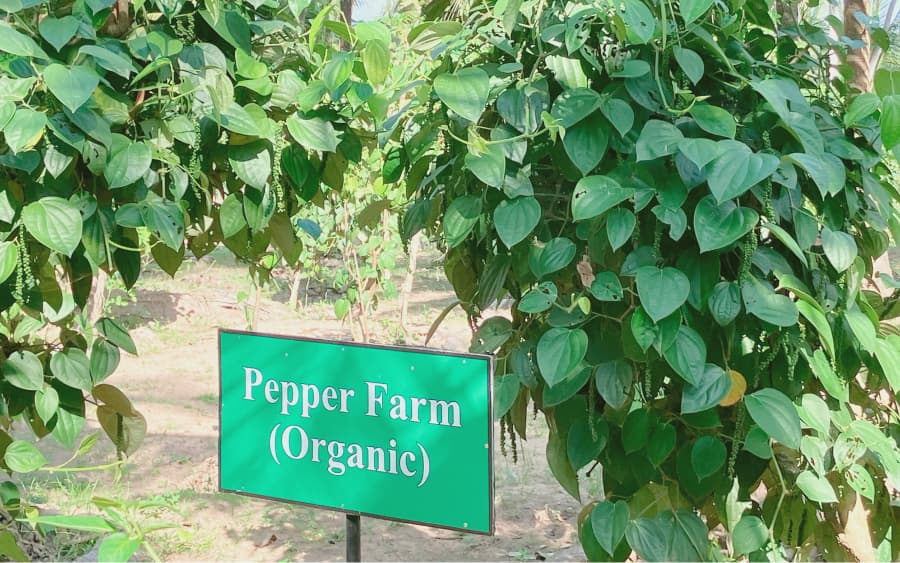
point 3 Speedy response and shorten development time
It will take at least three months to launch if manufactured using an original formulation, but it is also possible to commercialize a private label product in a short period of time by arranging an existing formulation or using tablets and capsules already in stock(but the stock is very limited)
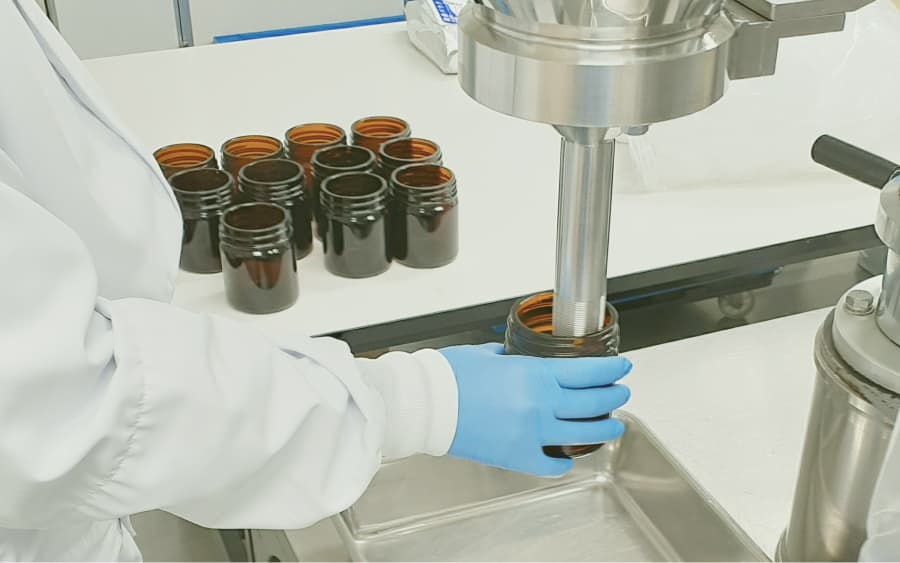
Main dosage form features and minimum lot
*The table below is just a guide, and production lots may vary depending on the product content. Please contact us for details.

Tablets
Powder is placed inside the concave of a tablet press and compacted using a pestle.
This method is cost-effective and the most popular dosage form. If odor or taste is a concern, sugar coating or coating with substances like shellac or titanium dioxide is applied to mask it.
Chewable tablets that can be eaten directly by children or orally disintegrating tablets that dissolve in the mouth like lozenges are also available. This form is suitable when designing for relatively low intake with powder ingredients only.
30,000 tablets~
*If 1 piece (bottle) contains 90 tablets, approximately 333 pieces

Capsules
Powdered materials are filled directly into hard capsules. Since capsules are not subjected to heat, they are suitable for heat-sensitive vitamins and probiotics. Capsules can contain relatively more ingredients per capsule than tablets, making them ideal for use with ingredients that are desirable in higher amounts but have strong odors or flavors. In addition to pork gelatin, capsules are often made from plant-based pullulan or HPMC.
30,000 capsules~
*If 1 piece (bottle) contains 120 capsules, approximately 250 pieces

Softgels
Oil and powdered materials are emulsified into a liquid and filled into gelatin capsules coated with gelatin film. absorbed more slowly than tablets, but due to their liquid content, they have excellent absorption rates in the body. Fish gelatin is often used in addition to pork gelatin for making capsules.
100,000 capsules ~
*If 1 piece (bottle) contains 120 capsules, approximately 833 pieces

Granules
Granules are formed by shaping powdered materials into extremely small sizes. These can be consumed directly or dissolved in water, such as in the case of green juice, and are sometimes packaged as powders without being granulated deliberately, such as in protein powders. Granulated powder can be easily filled into sticks, three-side sealed packages, or aluminum zip bags, making it suitable for use with materials or nutrients that require higher daily intake amounts. Granules often have a pronounced flavor and ease of consumption, and adjustments may be made using sugars or sweeteners. Dextrin may also be added to maintain flowability during filling.
30kg~
*Depending on the raw materials mixed, if filled into a 3g stick, approximately 8,000 to 9,000 sachets (varies depending on loss rate)

Liquid
※50ml~720ml/bottle
This form is preferred for easily absorbing a large amount of nutrients. Collagen, for example, may compete based on its high content per 50ml bottle. However, products with composite materials and formulations are becoming more common. In addition to taste and sensory aspects, product stability and absence of settling or precipitation are also important considerations. Sizes range from 50ml to 720ml, with many enzyme drinks and vinegar-related products available in large bottles.
- 50ml・100ml bottle
- 2,000 bottle~
- 300ml glass bin
- 1,500 bottle~
- 720ml glass bin
- 1,000 bottle~

Stick jelly/ mini drink
※5g~30g/sachets
While it can produce a delicious taste, it also has a strong food image and has a relatively short expiration date, usually one year, making it suitable for front-end products that are easier to turn around. In addition, the stability over time is not very good, so it is important to select the moisture content and ingredients to be mixed.
150kg~
*If each sachet weighs 20g, there will be approximately 7,000 sachets, or approximately 233 pieces per 30 sachets (varies depending on loss rate)

Paste
Concentrated extracts or blended oils are packaged into sticks. This form is used when concentrated extracts or blended oils are deliberately left in liquid form for filling, or when pastes like plant fermentation extracts are meant to be consumed directly. Fewer facilities in health food factories can accommodate this due to the variability in viscosity, making these products closer to food in nature.
150kg~
*If one sachet is 5ml, the estimated production volume is approximately 30,000 sachets. Approximately 500 boxes with 60 sachets per box

Powdered Tea Leaves
Coarsely ground tea leaves are packed into tea bags or aluminum zip bags. Tea leaves often come from overseas, such as candle bush, moringa, or rooibos tea leaves, but due to contamination concerns, they may undergo sterilization through domestic sterilization specialists before being processed into products. This form allows for showcasing origin, production methods, and types, and is highly preferred for its high consumer appeal.
Conical tea bag (2~10g/bag)
1,000bags ~
Three-sided aluminum bag(5~10g/bag)
1,000bags ~

Packaged Food
While generally considered preserved food, this form is similar to emergency rations. There is an increasing trend of combining functional ingredients with instant curry or porridge. In the future, there is potential for developing new products, such as for nutrition supplementation during disasters.
―
Flow of OEM Product Development
-
Inquiries should be made primarily through the inquiry email form.
-
We will first listen to the customer's needs and ideas. Please feel free to consult us about any concerns or questions you may have. In addition to face-to-face meetings, we also accept meetings via Skype or phone for customers located remotely.
-
Based on the customer's concept, distribution channels, and budget, we will provide advice and proposals ranging from ingredient selection to formulation design, packaging, and sales methods.
-
Once the product planning is finalized through aligning with the customer's requests, opinions, and proposed content, we will provide an approximate quotation.
-
Upon approval of the approximate quotation, we will proceed with prototyping in small lots. After the prototypes are produced, we will conduct monitoring, verification, and evaluation. If there are any issues or areas for improvement, we will make adjustments accordingly. ※Prototype costs will be invoiced separately ※The lead time for prototype production is approximately 3 to 4 weeks. After you are satisfied with the prototypes, we will formally enter into production upon receipt of the official purchase order.
-
Once you are satisfied with the prototype, we will officially begin production after receiving your purchase order. The delivery time varies depending on the dosage form, quantity, and the level of demand at the time of ordering, but the approximate delivery time is 2 to 2.5 months. At the same time, we will be working on producing labels and packaging. We can also undertake the creation and checking of design data for you. Each lot of finished products is inspected based on established quality standards.
-
When creating promotional materials such as product flyers, pamphlets, and LPs, if it is difficult to design them in-house, we may introduce you to a designer. At the same time, we also provide advice on advertising expressions.
-
We will deliver to your designated delivery location.
Manufacturing plant
We select the most suitable factory from all over the country and outsource manufacturing based on the product form, processing method, etc. In addition to GMP-certified factories and organic JAS-certified factories, pet supplements are manufactured at specialized factories that are registered as pet feed manufacturers.
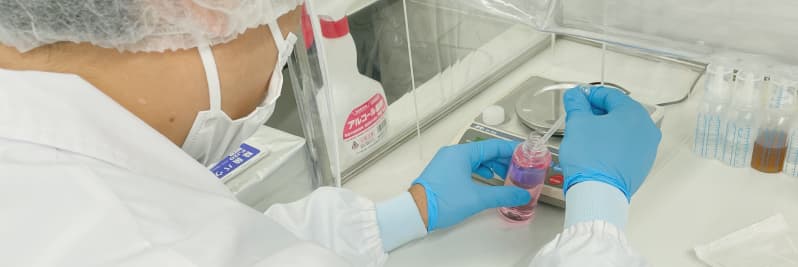
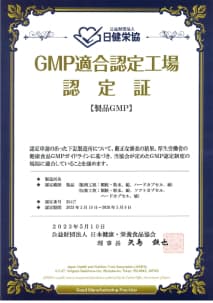
GMP certification
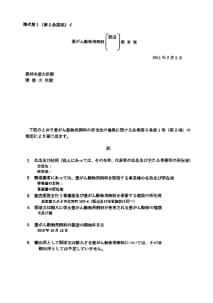
Pet feed manufacturing
notification form
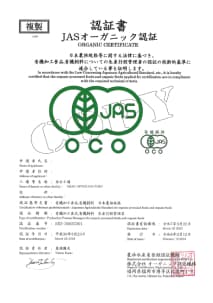
Organic JAS certificate
Product export record
China, Hong Kong, South Korea, Singapore, Malaysia, UAE, etc.
Raw materials/bulk export record
Hong Kong: Organic tablets such as organic kale (tablets bulk)
South Korea: Various supplements such as nattokinase (tablets, capsules)
Vietnam: Sea grape powder (raw material)
Italy, Egypt: Apolactoferrin (raw material)
